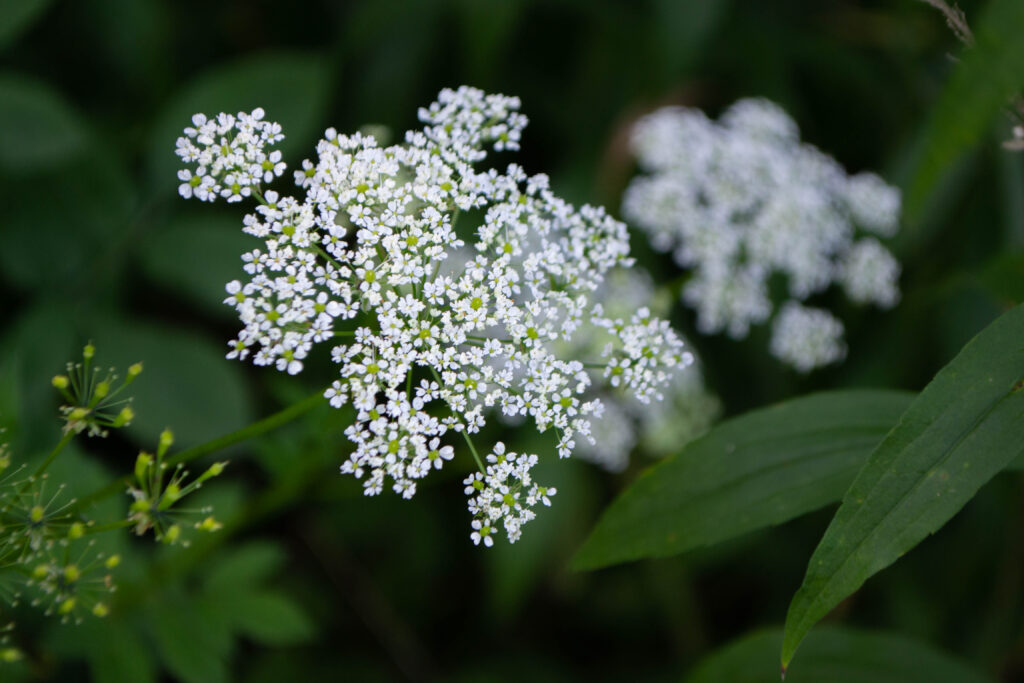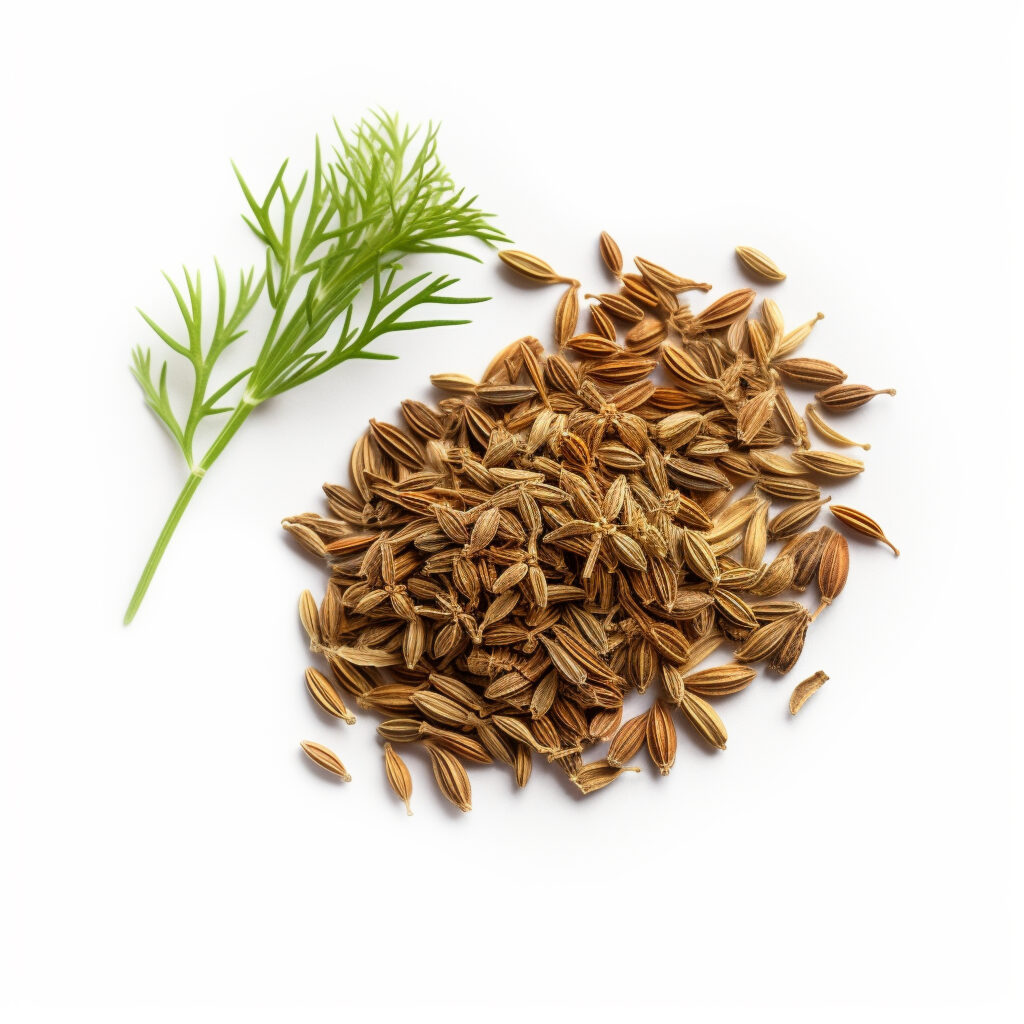Caraway, a seemingly humble herb, holds a potent alchemy of healing within its intricate seeds, roots, and leaves. Though often recognized for its culinary contributions, particularly in European and Middle Eastern dishes, caraway’s true prowess lies in its historical and ongoing use as a medicinal marvel. From digestion to mental clarity, this herb has been whispered by time as both a flavor enhancer and a health guardian.



In the world of medicinal spirits, caraway found its mystical beginnings with the monastic communities. These early distillers utilized alcohol as a carrier for its therapeutic properties, creating tinctures that could stave off ailments and enhance vigor. One such notable spirit is Aquavit, a Scandinavian liquor that boasts caraway as its primary aromatic note. Revered for its ability to settle the stomach and enliven the senses, Aquavit is traditionally sipped during robust meals, proving its worth not just in taste, but also in its digestive harmony. Kummel, lesser-known yet cherished, similarly incorporates caraway, crafting a distinctive sip that melds the seed’s earthiness with anise’s sweetness.
Beyond its intoxicating allure in spirits, my curiosity led me to explore the infusion of caraway into wine. The result was a fragrant bouquet of anise and citrus with the distinct undercurrent of earthy warmth, a blend that both tantalizes and soothes the palate. This experiment highlighted caraway’s multifaceted nature, as its unique character subtly transformed the ordinary into the exquisite.
But caraway’s enchantment transcends flavor. The seeds and essential oils brim with compounds like carvone and limonene which wield significant carminative powers. Renowned for easing indigestion and preventing bloating, these compounds foster a tranquil digestive experience by calming the internal turmoil often caused by gas and cramping. Their spasmolytic properties relax the intestinal muscles, offering relief and improving overall digestive function.
Not only does caraway tend to the belly, but its tender grace extends to lactation support, easing colic in infants, and even balancing feminine cycles. Its diuretic nature aids in detoxifying the body, while its antiseptic properties offer an additional layer of protection against unwanted pathogens. When inhaled, whether through a kitchen brew or as a steamy tea, caraway energizes the mind, sharpening focus and heightening awareness.
The seeds, tiny curvatures dense with possibilities, have enjoyed a storied past. Used by ancient Romans in bread and by medieval Europeans as charms for fidelity, caraway has steadfastly retained its place as a trusted digestive ally. Rooted in the herbal traditions of Ayurveda, caraway harmonizes the kapha and vata doshas with its warming, drying nature, illuminating digestion with a fire that is metaphorically akin to igniting one’s engine of metabolism.
Caraway’s contributions to our microbiome are profound, offering a feast of fiber for gut flora to thrive. By encouraging the growth of beneficial bacteria, these seeds not only support efficient digestion but also enhance overall metabolic health. Furthermore, the antimicrobial aspects of caraway’s oils selectively target harmful bacteria, nurturing a balanced microbiome both in the gut and in the mouth. This protective trait curtails the proliferation of bacteria like Streptococcus mutans, preserving oral health by preventing cavities and gum disease.
Caraway resonates with a poetic legacy. Its name, derived from Greek and Arabic roots, speaks to joy and pleasure—a reminder that these seeds do far more than satisfy culinary cravings; they encapsulate centuries of joy tied to flavor and tradition. Each sprinkle of caraway is a nod to this legacy, a personal connection with history through taste and health.
To indulge in caraway is to engage with a sensory and medicinal symphony, a dance with tradition and wellness. Whether sprinkled into a favorite dish, brewed as a calming tea, or embraced in a homemade caraway-infused wine, embracing this herb is like forging a bond with the past while nourishing the present. For in its simplicity lies an intricate web of benefits, waiting to be unlocked, savored, and cherished.
Caraway Roasted Carrots with Tahini Drizzle
2 lb of carrots, peeled and sliced lengthways 2 tbsps olive oil
11⁄2 tsps caraway seeds
Salt and pepper to taste
2 tbsps tahini
1 tbsp lemon juice
1 garlic clove, minced
Water (to thin the tahini sauce) Fresh parsley, chopped (for garnish)
Preheat the oven to 400°F (200°C). Toss the carrots with olive oil, caraway seeds, and season with salt and pepper. Spread the carrots in a single layer on a baking sheet and roast for 25-30 minutes or until tender and slightly caramelized. While the carrots are roasting, prepare the tahini drizzle. In a small bowl, whisk together tahini, lemon juice, minced garlic, and a pinch of salt. Add water a tsp at a time until the sauce reaches a drizzling consistency. Plate the roasted carrots and drizzle with the tahini sauce. Garnish with chopped fresh parsley before serving.





